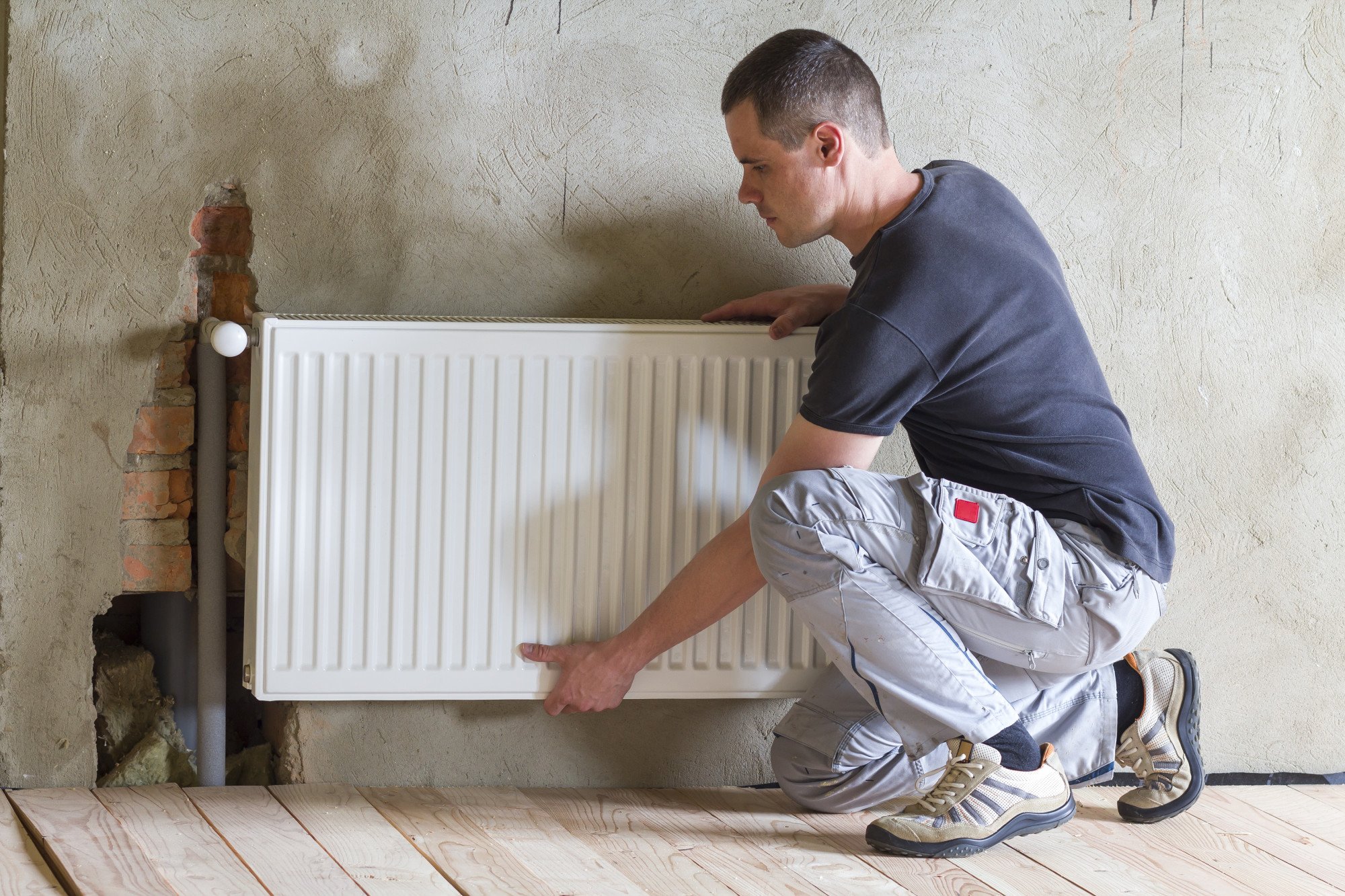Real estate owners must take note and abide by the 50% rule. In this rule, landlords should expect the operating expenses of a rental property to be about half of its gross income.
It's not necessarily foolproof but can help investors estimate cash flow. Some maintenance and repairs for the rental property will be expected, but many bills come unexpectedly.
It can be challenging for investors to know what part of maintenance and home repairs they are responsible for and what is expected of their tenants.
The law is clear on these matters. Here are the vital details.
According to the Law
Landlords have a legal responsibility to provide rental properties that are safe and livable. All systems must be in working order, including heating and plumbing. Home repairs and property maintenance are for the landlord to ensure for the tenant.
To better understand what it means to maintain the property, the responsibilities of landlords specifically come from lease agreements, state laws, and local and state building codes.
Implied Warranty of Habitability
Most states have this legal principle, which states that landlords will provide rental properties that they are ensuring are livable. Some states give tenants the right to withhold rent payments and take legal action if their landlord is not meeting this obligation.
This is implied in the lease terms, even if it is not stated explicitly.
Which Property Repairs Are Landlords Responsible For?
The lease agreement should state the details about home repairs and list which are the landlord's responsibility. It should mention unique features and provide details specific to the rental property.
The landlord must adhere to their responsibilities as stipulated in the lease. That is unless a lease agreement provision assigns responsibilities that contradict the law.
Landlords must prevent and remedy health hazards like mold. They must fix appliances like the oven, stove, and refrigerator.
While all agreements vary in terms, these are the most common items landlords must handle.
Structural Damage
The rental property's structural components are the landlord's significant responsibility. This includes the walls, roof, and foundation.
Roof damage can occur from leaks and missing shingles. When this happens, water can get inside the home. Foundation issues can lead to cracks or settling.
Natural disasters like earthquakes, hurricanes, and floods can devastate its structure.
Heating, Plumbing, and Electrical Systems
This is for the safety and comfort of your tenant. The landlord is responsible for ensuring the furnace, boiler, pipes, fixtures, and more are in good working order. The landlord must schedule property maintenance service if the wiring, outlets, and circuits are not working.
Maintenance and Repairs of Rental Properties
If you want to maximize the profits from your rental properties, you need to find ways to lower operating costs. Maintenance and repairs may seem like an expense you wish to eliminate, but as a landlord, you have a legal obligation and are responsible to the tenant. Otherwise, you risk nonpayment of rent.
Don't worry about maintenance and repairs because PMI St. George is ready to help. From communicating with your tenants to maintenance coordination, we ensure you meet your legal obligations. Plus, we help with tenant screening, inspection, rent collection, and more.
For top-notch property management services, contact PMI St. George today.


